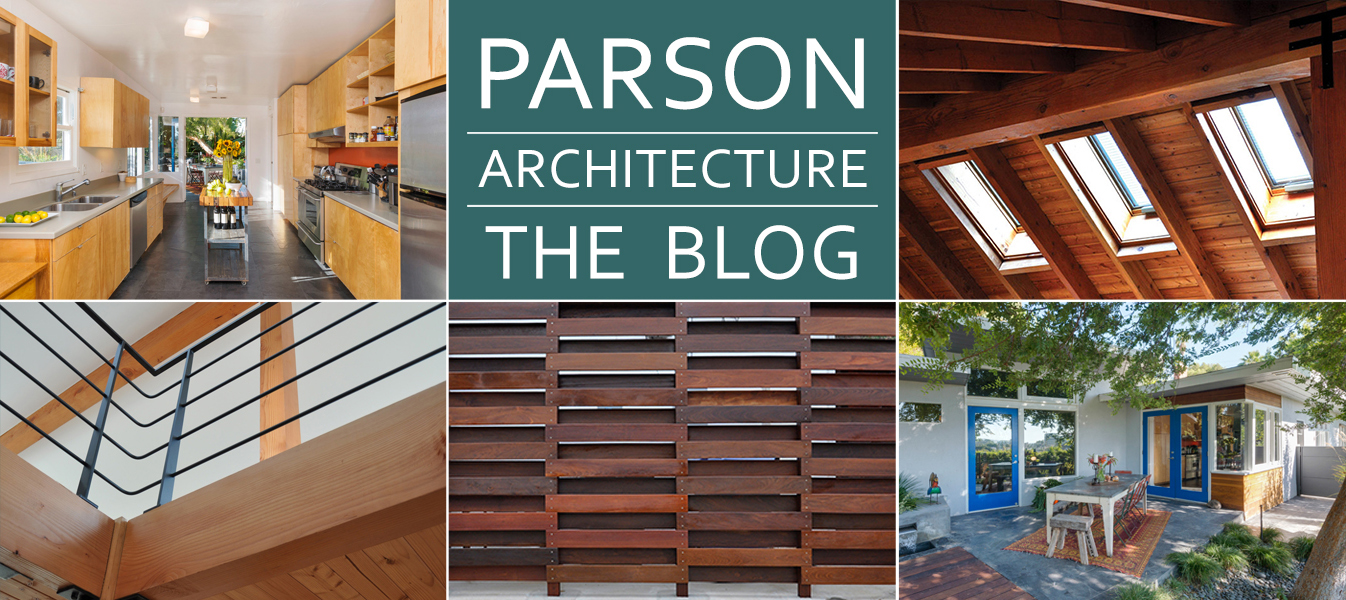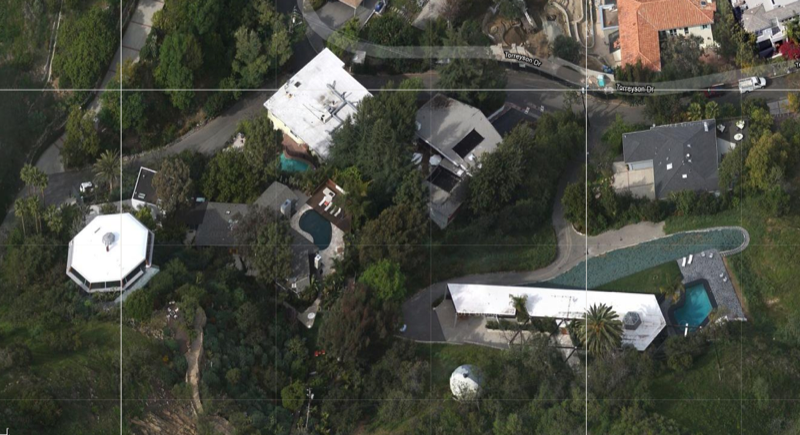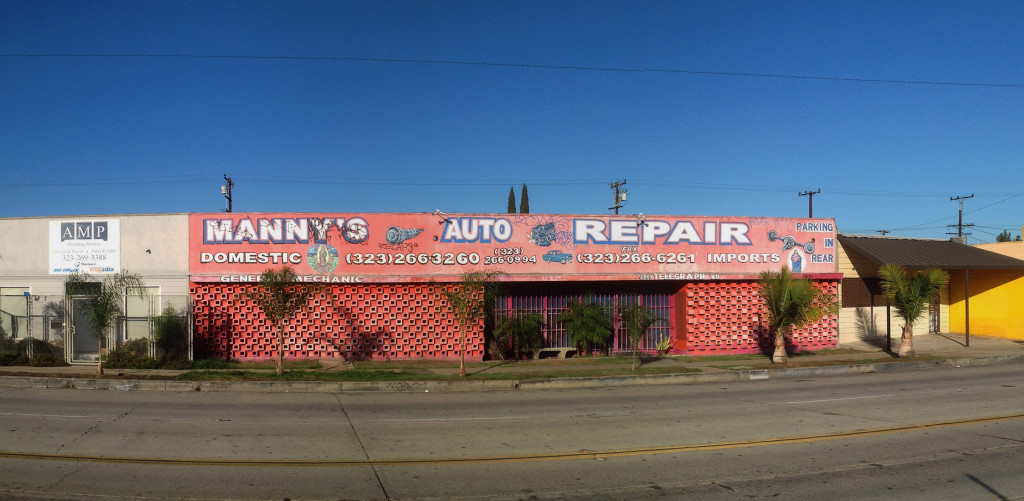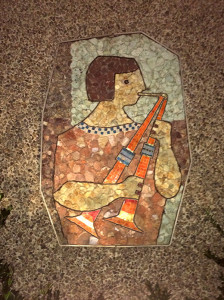A few years ago, the John Lautner Foundation put on a really great tour of several Lautner homes, as part of the centennial celebration of his birth. I went on the tour and wrote up a few of those, but not all of them, on my old blog, Creatures of Prometheus. As part of our Building of the Week series, I thought I’d resurrect some of those old posts, and eventually write up the others here at Parson Architecture: The Blog. I fail to see how anyone could get too much Lautner!
The Jacobsen is on Multiview Drive, just below Mulholland Drive, overlooking the San Fernando Valley above Studio City and Universal City. Multiview is a pretty good street for architecture; Schindler’s wonderful Kallis House, with its butterfly roof and quirky stone fireplaces, is nearby on the same side of the street.
This is an early-career project for Lautner, dating from 1947. According to Wikipedia, he had left Frank Lloyd Wright’s employment and gone off on his own by that time, although he did not finally obtain his own architecture license until 1952.
So, this house is the work of an unlicensed individual who would have found himself in violation of California law had he have claimed to have been an architect. Ahem. Don’t get me started.
The other houses on the tour were better concealed from the road; this house reveals itself pretty directly to you as you walk up the driveway:
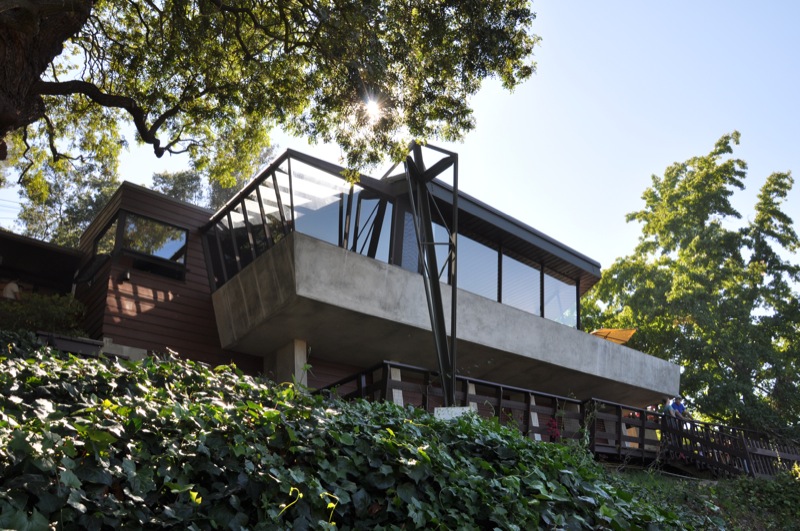
Continue reading →
